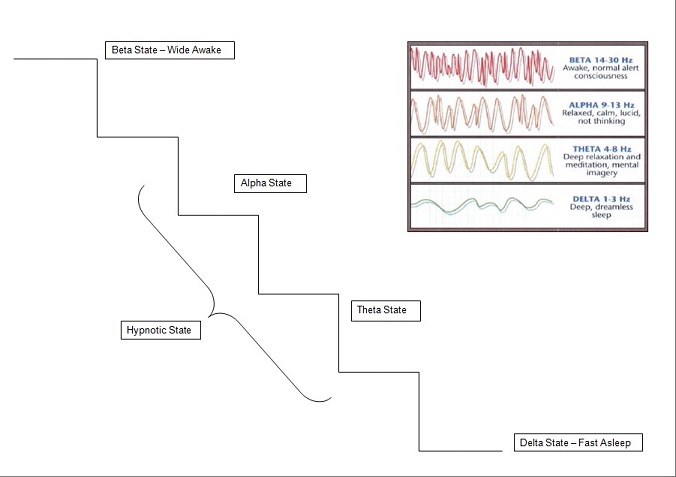What is ‘client centred' therapy
Client centred therapy is a form of hypnotherapy that focuses on the needs of the client. In his book, The Art of Hypnotherapy, C Roy Hunter explains 'The four cornerstones of successful hypnotherapy'. These are important hypnotherapy objectives which provide a blueprint for increasing the probability of client success. These 'cornerstones' are:
1. Suggestion and imagery
If you, the client, have a strong emotional desire to change, then just using suggestion and imagery alone may be helpful. However, without a strong emotional desire to accept the suggestions, either the conscious or the subconscious may block or resist the suggestions and the improvement may only be temporary. For lasting success, the other three cornerstones should be employed.
2. Discover the cause
When you are in a state of hypnosis, you are deeply relaxed, your conscious analytical mind starts to recede and let go. The subconscious or inner mind can then be guided back in your imagination, to reveal the cause of the problem. It is then possible to look at childhood perceptions of the past with adult eyes and allow the emotion attached to this to be redirected or released in a positive way. This leads us to the third cornerstone.
3. Release
There are a number of different techniques that can be used to gain release from the cause of the problem without confronting anyone. The hypnotherapist can facilitate forgiveness or release in an appropriate way, freeing the client from the bondage of holding a grudge and resolving the problem.
4. Subconscious re-learning
The fourth hypnotherapy objective uses suggestion and imagery to facilitate adult understanding at a subconscious level. Clients verbalise their own re-learning and the hypnotherapist paraphrases back in the form of suggestions and imagery giving the client a more mature understanding and a new perception of the problem.
How does hypnotherapy work?
First of all, let’s think about the four states of mind:
If you think of a staircase, at the top of the stairs is when you are wide awake, your conscious mind is in beta state, the mind is in high gear ready for making decisions, reasoning and logical thinking.
At the bottom of the staircase is when you are fast asleep, this is when you are in delta state.
The states in between are alpha state and theta state, these are the hypnotic states. In alpha state you are still conscious but very relaxed and as you drift down into theta state you drift deeper into relaxation and meditation.
When you are in a hypnotic state you are open to suggestion, learning, creativity and imagination; the door between the conscious mind and the subconscious mind begins to open and this enhances communication between these two parts of the mind.
Roy Hunter says that imagination is the language of the subconscious mind. The subconscious does not know the difference between what is fact and what is fantasy, it responds to what is imagined just as though it is real. In our imagination we are able to discover and eliminate subconscious blocks, leaving us free to let go of limiting beliefs, free to move forward and live more fulfilling lives - achieve whatever we wish to achieve, be anything we wish to be.


Find the right hypnotherapist for you
All therapists are verified professionals
